What the Cabo real estate market can learn from Tulum

There’s no doubt about it—Los Cabos is in the middle of a construction boom. The question is: is it out of control? The answer depends on how you look at it. In Cabo San Lucas, for example, the decision between buying a resale condo versus a pre-construction unit often comes down to price point, amenities, and location. In some cases, it makes far more sense to purchase a completed condo where you can see exactly what you’re getting rather than waiting years for delivery. So, is there too much construction in Cabo? That’s a matter of perspective. On a recent call with a fellow agent in the Riviera Maya, we compared notes—and while Cabo certainly has a ton of development, markets like Tulum face far greater challenges with oversupply and unfinished projects. The reality is that Cabo’s demand drivers—tourism, lifestyle buyers, and investment activity—remain strong. If Tulum is any indication, the cranes and construction crews in Los Cabos aren’t going away anytime soon. This article will take a closer look at the boom, the opportunities it presents, and the risks buyers should keep in mind.
"The market is known for cycles: at times it feels like everyone wants to be in Tulum, and then interest drops off sharply. Recently, it has been on a downswing. Investors who bought studios for $150,000 are now struggling to sell them for even $100,000, and property managers often won’t take them on due to low occupancy and slim returns".
Tulum has proven to be a much more cyclical market than Cabo. Playa del Carmen is far more established, while Tulum is still farther down the curve, and that volatility is beginning to show. Property managers in Tulum are now turning down rental properties because of low occupancy, lack of demand, and nightly rates that aren’t worth their time. Interestingly, a similar trend is starting to surface in Cabo—particularly in the Tezal area of Cabo San Lucas. While not nearly as severe as Tulum, many property managers there have begun rejecting new Airbnb listings for the same reasons. The concern is that if construction continues at the current pace, and more owners put their properties on the short-term rental market, rates and occupancy will inevitably decline. As a result, many investors who originally planned on strong Airbnb returns may pivot. Some will shift to long-term rentals in search of more predictable income, while others may choose to sell altogether. Cabo still benefits from stronger fundamentals than Tulum, with more established tourism and infrastructure, but the warning signs are clear: if supply keeps rising, parts of the market could experience the same saturation cycle.
“In Tulum, two-bedroom condos are a dime a dozen - Two-bedroom condos are plentiful, making it difficult to stand out unless the property is unique and beautifully furnished."
After the pandemic, buyer and renter preferences in Mexico’s vacation markets began to shift. Many people no longer viewed a second home or rental strictly as a short-term getaway; instead, they started seeing it as an extended stay option. With remote work becoming more acceptable, renters were often staying for weeks or even months at a time, and they wanted more space to live and work comfortably. This trend created demand for larger floor plans, particularly three-bedroom units, which could accommodate families, remote workers, or groups sharing a space. Developers quickly began to take note. Whereas five years ago a new condo project might have launched with a hundred two-bedroom units, today it’s common to see a mix of layouts—perhaps 50 two-bedroom condos and 40 three-bedroom condos for the same project—reflecting the growing demand for larger, more flexible living spaces. This adjustment in design shows how closely developers are watching buyer behavior and adapting their projects to align with evolving lifestyle patterns.
"The commission structure also skews the market. In the Riviera Maya, developers typically pay double commissions—entirely to the buyer’s agent, paid quickly after the promissory contract and deposit are signed. This creates a strong incentive for agents to steer clients toward pre-construction developments, sometimes at the expense of resales, even when resales can be 30–35% less expensive and offer better value. Pre-construction sales are attractive to agents because they can get paid within weeks, while resales may take months to close and pay out."
What really stood out to me is how commission structures can create conflicts of interest that aren’t always obvious to buyers. In some cases, agents will prioritize projects that offer higher commissions, even if those options aren’t the best fit for the client. This behavior is especially concerning in markets like Tulum, where at the moment it often makes more financial sense to purchase a resale property rather than a pre-sale. Yet, because many pre-construction projects are offering double the commission compared to resales, agents are strongly incentivized to push buyers toward pre-sales. The challenge for buyers is that commissions are widely discussed between agents, sellers, and brokerages, but they aren’t publicly visible to clients, especially in markets without a formal MLS system. That lack of transparency makes it difficult for buyers to understand why they’re being shown certain properties. So if you’re on a property tour and notice that an agent is steering you toward a project you didn’t initially express interest in, it’s worth asking whether that choice is driven by your needs—or by the higher commission the agent stands to earn.
"Too many people impulsively buy in Tulum because it looks trendy on Instagram, only to realize later that Playa del Carmen’s walkability or Akumal’s tranquility suits them better. Tulum still feels like it’s under construction. Many believe it will take another five to ten years before the town fully matures with infrastructure, amenities, and consistent demand."
Categories
Recent Posts
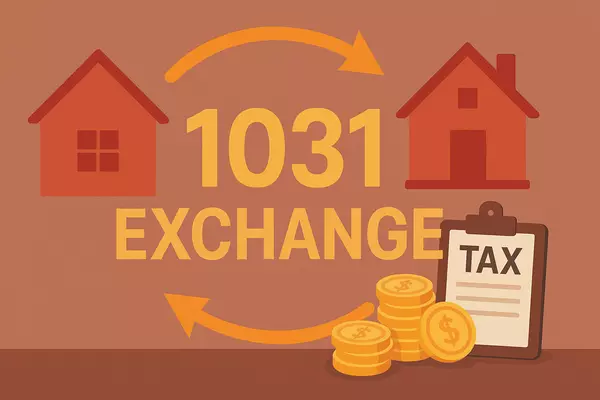


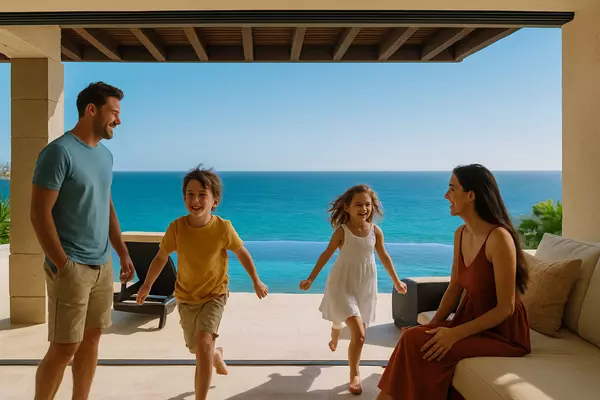
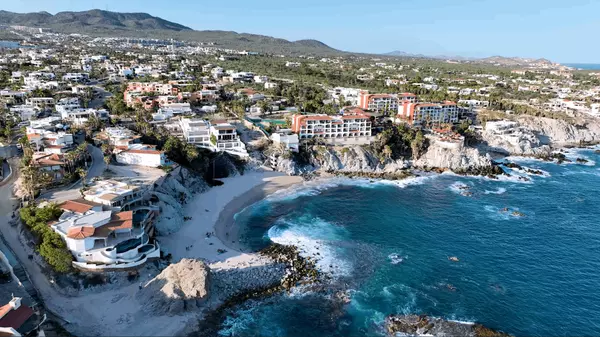
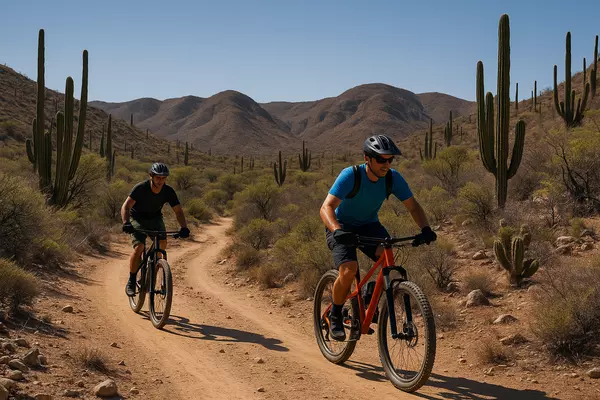
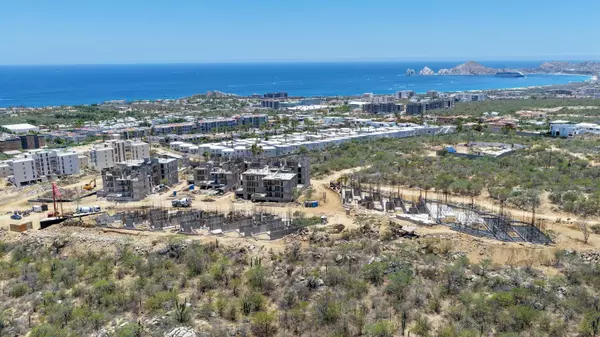



GET MORE INFORMATION

